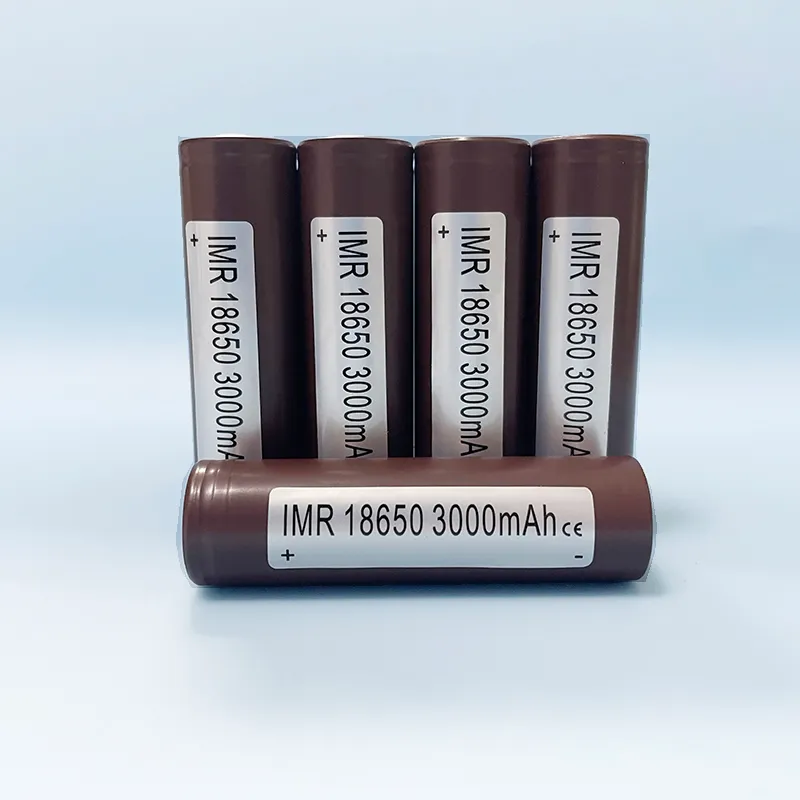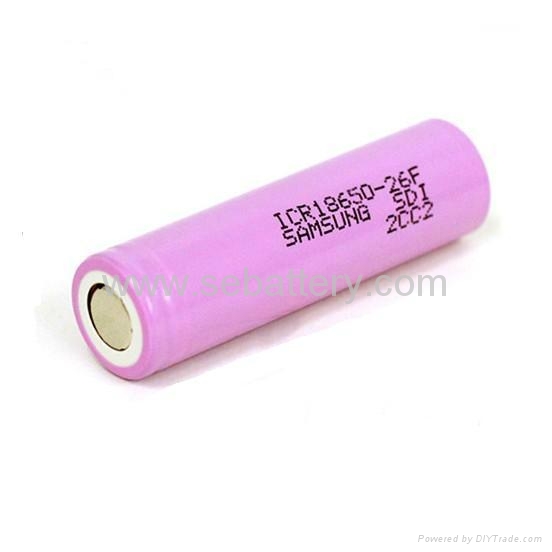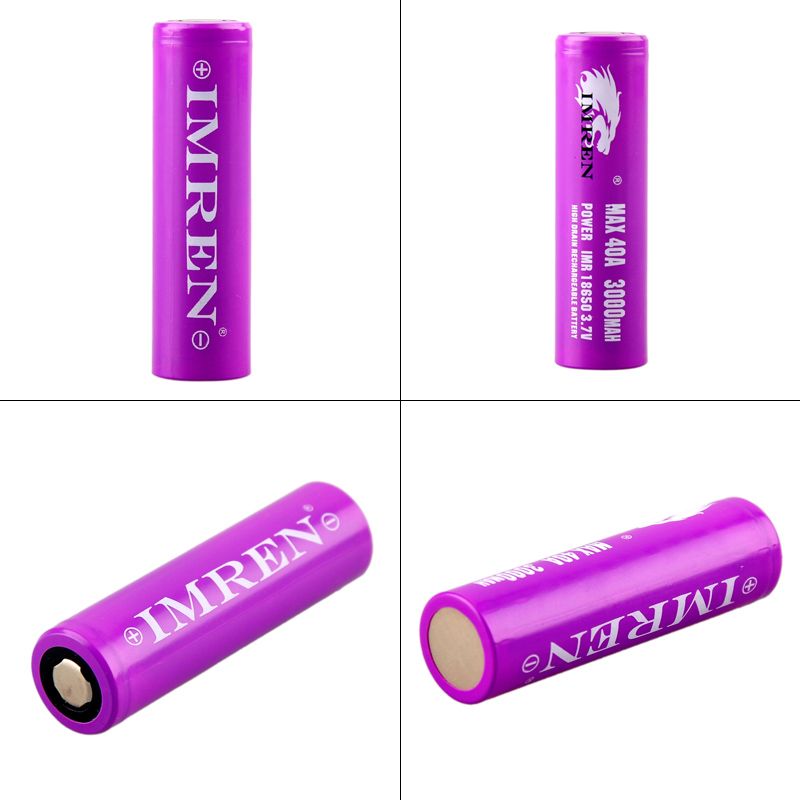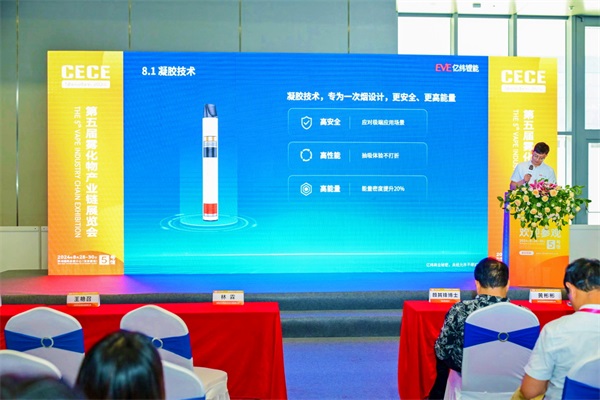Measuring the Capacity of 18650 Lithium Batteries A Comprehensive Guide
Measuring the Capacity of 18650 Lithium Batteries: A Comprehensive Guide
In the world of portable electronic devices, 18650 lithium batteries have gained immense popularity due to their high energy density and rechargeability. Their versatility makes them the preferred choice for gadgets ranging from laptops and flashlights to electric vehicles. However, just owning these batteries is not enough; understanding how to measure their capacity is essential for ensuring optimal performance and safety. In this article, we will delve into the methods used to accurately measure the capacity of 18650 lithium batteries, enabling users to maximize the lifespan and reliability of these invaluable power sources.
### Understanding Battery Capacity
Battery capacity is usually expressed in milliampere-hours (mAh) or ampere-hours (Ah), indicating how much electric charge the battery can hold and deliver over time. For instance, a battery rated at 2500 mAh can theoretically provide a current of 2500 mA for one hour, or 1250 mA for two hours. However, real-world usage often leads to variations in performance, making it imperative to measure capacity accurately.
### Tools Needed for Measuring Capacity
Before you start measuring the capacity of your 18650 lithium battery, you will need some essential tools:
1. **Digital Multimeter:** This device helps you measure voltage, current, and resistance. A multimeter capable of handling DC voltage is essential for this process.
2. **Battery Capacity Tester:** Specifically designed for testing the capacity of batteries, this device typically comes with features that allow you to discharge the battery at a controlled rate and measure its total output.
3. **Resistor Load or Electronic Load:** An electronic load is preferred for precise measurements, as it allows you to set a specific current draw during the capacity test.
4. **Chargers and Cables:** Ensure you have a compatible charger to safely charge the battery before testing.
### Step-by-Step Guide to Measuring Capacity
#### 1. Fully Charge the Battery

Begin by charging the 18650 battery to its full capacity using a suitable charger. Most lithium-ion batteries should be charged to around 4.2 volts. It's essential to monitor the battery and avoid overcharging, which can damage its chemistry.
#### 2. Prepare for Discharge Testing
Once the battery is fully charged, set up the battery capacity tester or an electronic load device. Connect the battery to the tester and prepare the system for discharge. If using a resistor load, calculate the resistance value that will draw a specific current without exceeding the battery's specifications.
#### 3. Start the Discharge Process
Initiate the discharge process. The battery will release its stored energy while the meter or tester logs the voltage and current throughout the process. You will want to discharge the battery at a constant current, which can vary based on what you intend to use it for. Common discharge rates are 0.2C (for longer tests) to 1C (for quicker measurements).
#### 4. Monitor Voltage Readings
As the discharge progresses, monitor the voltage readings closely. Most lithium-ion batteries should not be discharged below 3.0 volts. Keep track of the final voltage achieved at the end of the discharge, as this value is vital in calculating usable capacity.

#### 5. Calculate Capacity
The capacity can be calculated using the formula:
\[
\text{Capacity (mAh)} = \text{Current (mA)} \times \text{Time (hours)}
\]
For example, if you discharged the battery with a current of 1000 mA for 2 hours before it reached the cutoff voltage, the capacity would be:
\[
1000 \, \text{mA} \times 2 \, \text{hours} = 2000 \, \text{mAh}
\]
### Conclusion
Measuring the capacity of 18650 lithium batteries is an invaluable skill for anyone who relies on these power sources. By following the steps outlined in this guide, you can ensure that your batteries are operating at their best and are being used safely. Whether you are an electronics hobbyist or simply want to maintain your devices, understanding battery capacity will empower you to make informed decisions and prolong the life of your lithium batteries.

